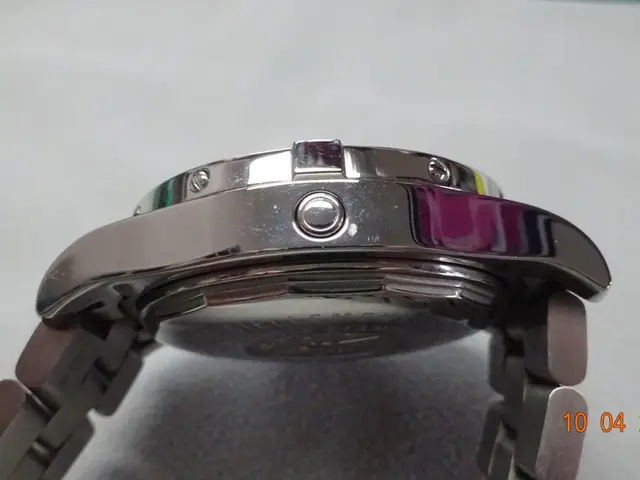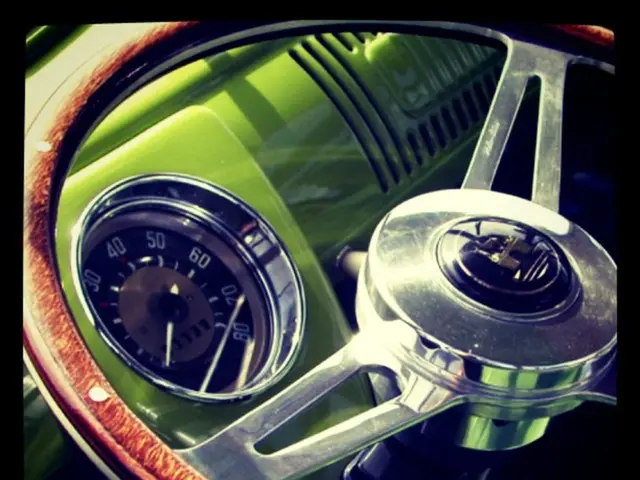Is a metal roof the appropriate option for your residence?
=============================================================================
Metal roofing tiles are becoming increasingly popular in both private and low-rise construction projects due to their combination of aesthetics, durability, and affordability. These weather-resistant tiles offer a host of benefits, including resistance to freezing temperatures, moisture absorption, and deformation during heatwaves.
However, to ensure optimal performance and longevity, there are several key factors to consider before installation.
Roof and Weather Conditions
It is essential to install the metal roof in dry, calm weather to avoid moisture issues and ensure safe, precise installation. Additionally, the existing roof (if re-roofing) should be clean, dry, and repaired as needed before installation.
Underlayment
A proper underlayment, such as self-adhering synthetic membranes or felt paper, is crucial to create a moisture barrier between the roofing tiles and the roof deck, preventing leaks and water damage.
Material Quality and Coatings
Choose metal roofing materials that resist rust and corrosion, especially if in coastal or salty air environments. Materials like galvanized steel or aluminum with protective zinc or zinc-aluminum coatings enhance durability and longevity.
Thermal Movement Accommodation
Metal expands and contracts with temperature changes, so installation must use specialized fasteners and techniques to allow for this movement to avoid warping, loosening fasteners, or leaks.
Impact Resistance
Select metal roofing rated for impact resistance suitable for your local weather conditions. For example, in hail-prone areas, opt for stronger metals or thicker gauges to withstand damage.
Proper Flashing and Drainage
Install metal drip edge flashings on eaves, gables, and roof edges to prevent under-panel water infiltration and ensure proper water runoff.
Correct Panel Sizing and Overlap
Measure and cut metal panels to size with appropriate overhangs (usually about 1 inch at eaves) and proper overlap to maximize waterproofing and protection from leaks.
Roof Pitch
Consider the slope of your roof, as metal roofing performs better and is easier to install on roofs with adequate pitch to shed water.
Maintenance Considerations
Plan for periodic inspections and recoating as needed to maintain protective coatings and prevent corrosion over time.
Modern profiles and a wide range of colors allow for seamless integration with any architectural style. With proper planning, selection of quality materials, and careful installation, metal roofing tiles can last 20 to 40 years, proving to be a wise and long-lasting investment.
- Incorporating metal roofing tiles into a home-improvement project can contribute to a durable and stylish home-and-garden environment, as the tiles are suitable for different architectural styles and offer longevity of up to 40 years.
- To maintain the longevity of a metal roof in various weather conditions, such as coastal areas with salty air, one should consider the quality of the materials, ensuring they are resistant to rust and corrosion, and choose panels with protective coatings like zinc or zinc-aluminum.




